USDA Organic Certification Process and How It Benefits the Consumer
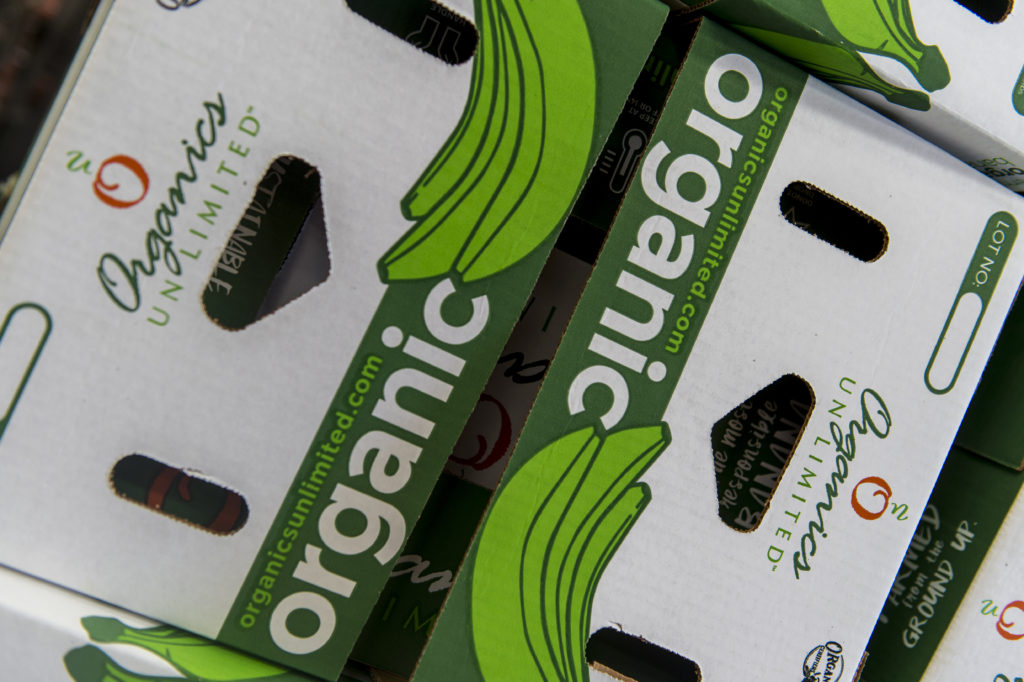
With the rising health and wellness movement evolving across the United States, the word “organic” has become quite the buzzword. As this term has moved to the forefront of consumers’ minds, the perpetual tendency for retailers to rely on it has taken away from its meaning.
Shoppers are constantly being served advertisements, emphasizing “organic” and “natural” products without having the opportunity to fully understand what this title entails. To help clear up any confusion, we’re here to shed some light on the certification process for US produce. By getting to the root of what it means for a product to be classified as organic, consumers will then be able to see the benefits of such in a clear and compelling way.
What is the USDA and its Role in Organic Farming?
The United States Department of Agriculture (USDA) is a department of the federal government in charge of overseeing farming and food. Their responsibilities range from organizing subsidies for farmers to ensuring all commercially grown produce is safe for consumption.
As the key purveyors of produce quality in the United States, they are responsible for denoting and enforcing the legitimacy of organic practices. The process to become USDA certified organic is a very involved one, but it has helped maintain the significance of receiving such a title.
Under the USDA, produce from any given farm can be certified, so long as the farmers utilize natural procedures throughout the entire process, they contribute to properly maintaining the soil, and keep up with pest and weed control in an effort to conserve biological diversity.
Before giving out the USDA organic certification, the department will thoroughly review the growing and production practices of the farm to verify that they fall in line with the established requirements.
The Process of Getting Verified
The organic certification process can be broken down into 5 general steps.
Step 1: Develop an organic system plan.
This proposal clearly states how the producer does, and will continue to, comply with the established regulations of organic farming. By creating this framework, the growers are laying the foundation of the certification process.
Since every farm is different, the USDA needs to understand exactly how the operation runs to ensure that the produce is being grown in a truly organic way. This plan does not just analyze growing practices but also accounts for stages such as tilling and transporting.
In order to move forward, this plan needs to define the specific monitoring and recordkeeping systems in place to ensure that farming conditions will be continually observed, even after the initial certification process is complete.
Step 2: Implement the organic system plan and have it reviewed by a certifying agent.
Once the organic framework has been brought into fruition, an accredited entity from the USDA will be assigned to review it. These agents act on behalf of the USDA’s organic produce guidelines and are responsible for verifying if the farming practices meet organic standards.
Step 3: Receive the inspection.
Every farm that applies to be certified will have an on-site visit by a certifying agent. This inspection will provide the USDA a thorough look into the inner workings of the operation in order to make an informed decision.
During the visit, the agent will look at every aspect of the process in great detail. Starting with the quality of the soil used to grow the crops, the integrity of the seeds, and the methods in place to facilitate growth, the inspection will focus on verifying that the plants are in fact being grown through natural measures.
The agent will also take a look at how the produce is harvested, stored, and ultimately transported to retailers as these practices must also fall in line with organic requirements.
Step 4: A certifying agent will review the inspection report.
Following the visit, the inspector will present the findings from the on-site visit to a certifying agent. These observations are then compared to the organic system plan that was filed during the first step of the process. This allows the USDA to verify that sustainable organic practices are realistic for the specific farm.
In addition, the degree of risk is evaluated. The certifying agent will look at the potential for contamination or the unauthorized introduction of prohibited materials and decide if the risk is acceptable or not. Working off of all the data, the inspector will then put all of the information into a file that is then given to the certifying agent to review.
Step 5: Receive notification of the decision.
If all the findings align with the rules and regulations, the certifying agent will issue an organic certificate to the operation. With this title, the farm can legally begin selling their products under the title of “certified organic”.
Once the title is secured, it must be consistently maintained. To ensure organic standards are still being met, an inspection will be done at least once a year to renew the certification.
What this Means for Consumers
Now we’re left with the big question: why is this so important to consumers.
To sum it up, a USDA certification offers full transparency and gives you the confidence in knowing that your produce is truly organic. This allows you to enjoy your produce without having to worry that you are encountering harmful chemicals or unsustainable environmental practices.
In the modern age, we’re seeing a large shift in the way shoppers choose to spend their money. Many consumers are taking a stand with their dollar and using it to support what they believe in. Due to the involved nature of attaining a USDA certification, you, as the consumer, can feel empowered knowing exactly what farming practices you are supporting.
As a consumer, when you see that USDA certification label, you can be certain that you are not being intentionally misled by a retailer.
If organic farming practices mean a lot to you (and they should!) look for the USDA certification on the produce you are purchasing. You’ll know what you’re getting is truly grown organically.
Cozy Banana Recipes to Warm You Right Up this Season
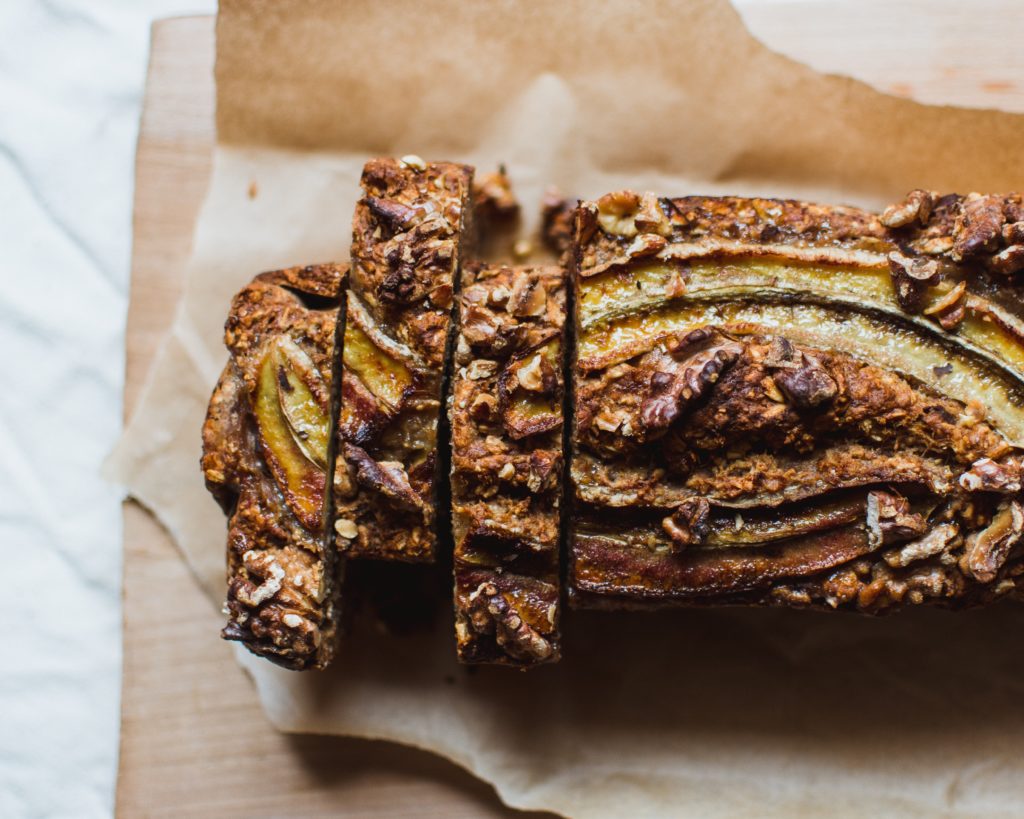
Fall has arrived and our bellies are about to get a whole lot happier – that’s right, it’s officially time for us to welcome back the season of baking.
As the days grow colder, what better way to warm up than with some delightful baked goods? I don’t know about you, but we’re ready to indulge in all the delicious comfort food that autumn brings and, in the spirit of the season, we’re sharing a few of our favorites with you.
We’ve gathered a bundle of recipes that pair well with your chilly mornings, family gatherings, and evenings around the fireplace. If you bake anything this season, make sure it’s every single one of these. Trust us, you won’t regret it.
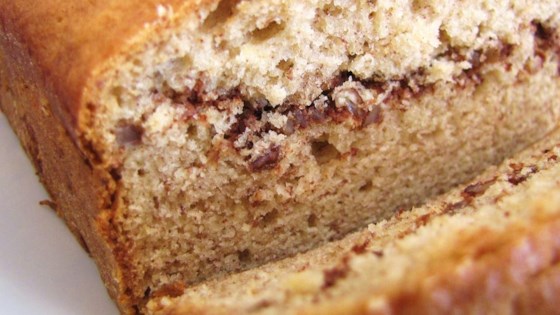
1. Creamy Banana Bread
The crown jewel of all fall baked goods: banana bread. There’s a reason why this delicious treat never goes out of style – it’s sweet, light, and much easier to prepare than other types of bread. If you haven’t welcomed banana bread into your fall breakfast rotation, you may want to reconsider after checking out this recipe.
Over the years, we’ve become self-proclaimed banana bread experts and we know a good recipe when we see it. This one uses cream cheese as a special ingredient to make this treat melt-in-your-mouth delicious.
This banana bread is great on its own, but can be fully customized with your favorite add-ins: for more protein, add in chopped nuts, for more spice, throw in some nutmeg and cinnamon, for more sweetness, add half a cup of chocolate chips.
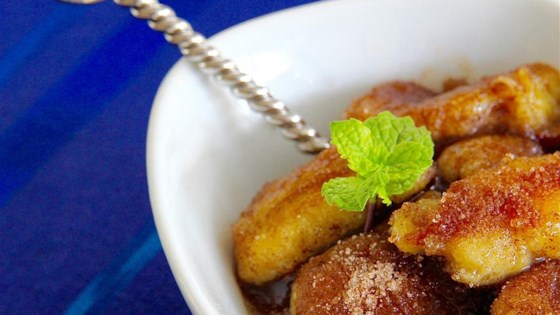
2. Fried Bananas
If you want to make any food taste even more amazing, throw it in a fryer and let the magic happen. When most people think about fried bananas, they immediately assume that plantains are the main ingredient. While this makes for a great savory snack, we’re all for indulging our sweet tooths this season.
Taking after a traditional Brazilian breakfast meal, this recipe instead calls for Cavendish bananas, the sweet ones you know and love. The fruit is peeled, sliced and fried in ooey-gooey butter. Once the banana slices are are golden brown, they are removed from the pan and coated in a mixture of cinnamon and sugar.
For a sweet end to the day, top off a scoop of vanilla ice cream with your warm, fried bananas. Talk about a match made in Heaven.
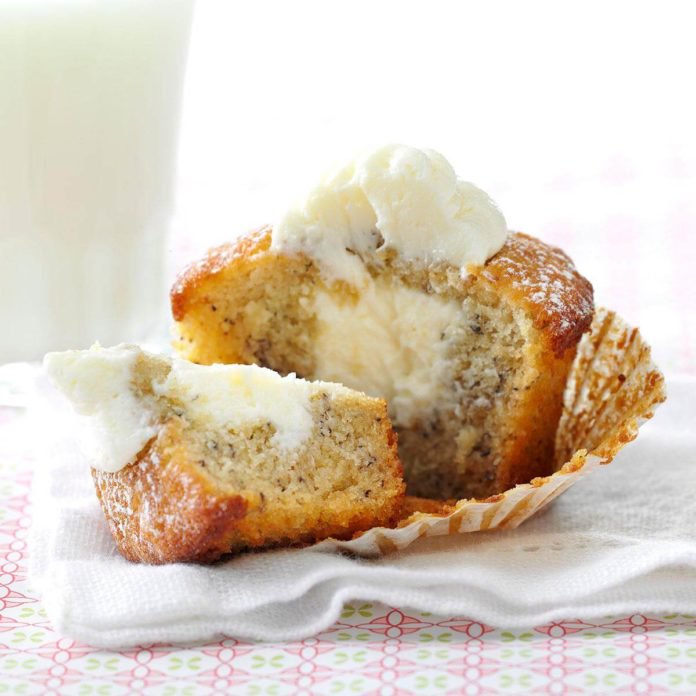
3. Marshmallow-Filled Banana Cupcakes
These sweet banana cupcakes offer a healthy alternative to the sugary confections you know and love. Modeled after a traditional banana bread recipe, this recipe is sure to steal the hearts of all who have the privilege of indulging. What really takes these cupcakes to the next level, though, is the addition of a marshmallow filling.
So, go ahead, steal a few marshmallows away from your camping stash and grab your spotty bananas because you don’t want to miss out on this recipe. This treat is quite a showstopper which makes it great for impressing at family gatherings and when you’re hosting guests.
Since these cupcakes take after banana bread, they have a balanced amount of sweetness, making them easy to love regardless of age or diet regimes.
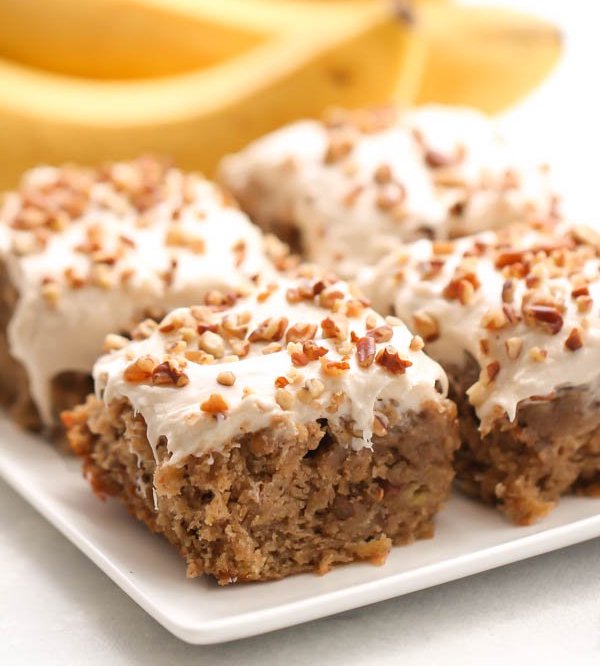
4. Banana Nut Blondies with Maple Frosting
A fall take on a traditional blondie, this recipe is rich, chewy, and packed full of flavor. The brown sugar in the cookie bar base brings out the subtle but delicious flavors of the bananas. Not to mention, the extra ripe fruit makes these bars so incredibly moist.
Playing into classic autumnal flavors, the traditional cream cheese frosting is sweetened with maple syrup instead of plain sugar. Although distinct, the mapley goodness does not overpower the other ingredients; in fact, it enhances them and brings together the entire recipe.
If you’re looking to give a fall upgrade to one of your favorite desserts, make sure to add this recipe into your rotation.
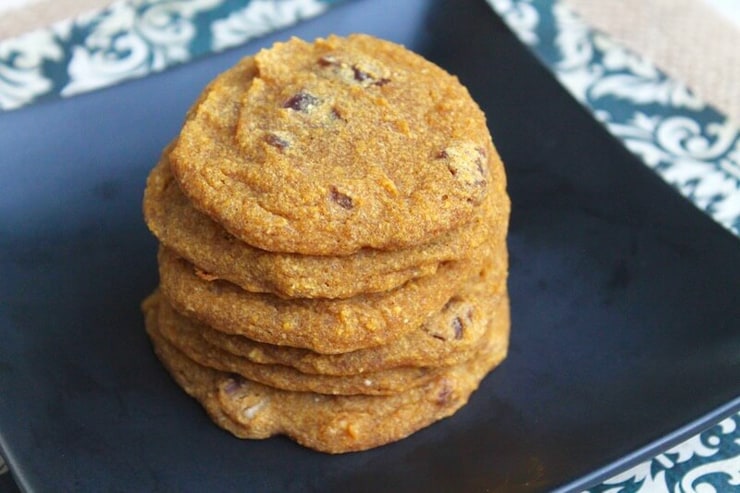
5. Banana Pumpkin Cookies
Okay, we HAD to include one healthy recipe in this lineup. However, don’t get it in your head that healthy means boring – these cookies are anything but that. Would you believe us if we told you they have all the flavor of a traditional cookie but they are free of added sugar, vegan, and paleo-friendly?
We know what you’re thinking: how on Earth have they managed to do this? Well, due to the unique composition of the banana’s fruit, it serves as the prime ingredient binder in addition to being the main sweetener. To top it off, adding in the raw pumpkin introduces even more moisture as well as that familiar fall flavor.
These cookies are great for those who want to enjoy all of the yummy baked goods that autumn has to offer, without any of the ensuing guilt.

6. Banana Bread Pudding
Bread pudding has long been a delicious way to make use of our leftover bread scraps. Now don’t get us wrong, we don’t expect you to let your beloved banana bread go to waste, but this recipe is certainly still one to try out.
There’s nothing more comforting than the feeling of digging into a warm, golden brown bread pudding. The inclusion of bananas in this recipe brings out the custard flavors in the traditional recipe. Topped off with a smooth, vanilla sauce, you’ll be feeling cozy in no time.
This baked good is excellent if you are feeding a large group. If you don’t have any extra stale bread lying around, try out this tip. Pick up a bag of cheap white bread from the store and place the opened bag in the refrigerator overnight. The cool temperatures inside your fridge will draw out the moisture, leaving you with a surplus of bread to work with.
Are you feeling hungry yet because we surely are! We hoped these belly-warming recipes piqued some inspiration for your fall baking agenda.
As always, we want to see how you’re enjoying your Organics Unlimited bananas. If you try out any of these recipes for yourself, make sure to snap a photo and share it with us. We’d love to see what you come up with!
In the meantime, let us know which recipe you are most excited to try! With so many wonderful baked goods to try, we’re having trouble picking just one.
10 Surprising Health Benefits of Bananas

Everyone has heard the phrase, “an apple a day keeps the doctor away”. While we are huge fans of apples, we feel that another fruit hasn’t gotten the proper credit for all the health benefits it contains. Bananas are surprisingly packed with a ton of nutrients and can provide benefits for digestion, heart health, and weight loss. Today we want to highlight ten of these health benefits and hopefully inspire you to add this amazing fruit into your diet.
- Nutrients found in Bananas
In addition to being delicious, bananas are packed full of nutrients that your body needs. They are rich in fiber and antioxidants and generally are only about 110 calories! Being conscious about the food you consume is very important, so here is a breakdown on exactly what is inside a banana.
Potassium: 9% – Potassium is an important mineral that functions as an electrolyte. It helps regulate fluid balance, nerve signals and muscle contractions
Vitamin B6: 33% – B6 is significant to protein, fat and carbohydrate metabolism and the creation of red blood cells and neurotransmitters. Your body cannot produce vitamin B6, so you must obtain it from foods or supplements.
Vitamin C: 11% – In the body, vitamin C, acts as an antioxidant, helping to protect cells from the damage. The body also needs vitamin C to make collagen, a protein required to help wounds heal.
Magnesium: 8% – Magnesium is important for many processes in the body, including regulating muscle and nerve function, blood sugar levels, and blood pressure and making protein, bone, and DNA.
Copper: 10% – Copper plays a role in making red blood cells and maintaining nerve cells and the immune system. It also helps the body form collagen and absorb iron, and plays a role in energy production.
Manganese: 14% – Manganese helps with protein and amino acid digestion and utilization, as well as the metabolism of cholesterol and carbohydrates.
In addition to these amazing nutrients you will also find net carbs, fiber, protein, and fat in bananas!
- Bananas enhance exercise routines
If you were to look at a professional athlete’s diet, you would likely find that bananas play an important role. That is because they are the ideal food for working out due to their mineral content and easily digestible carbs. It has long been said that bananas help reduce cramping and soreness, although scientists tend to disagree on if they actually help with this issue. They do agree however, that they are an excellent choice in nutrition before or after an endurance workout!
- Bananas are linked to heart health
When it comes to the conversation of bananas and heart health, the key mineral that we will be talking about is potassium. Now remember from our first point, potassium is, an important mineral that functions as an electrolyte. It helps regulate fluid balance, nerve signals and muscle contractions. Naturally potassium has the ability to aid in blood pressure control and since a single banana contains 9% potassium, it is a great way to work it into your diet.
- Bananas are linked to digestive health
Bananas are rich in two types dietary fibers: pectin and resistant starch. It is the 3 grams of fiber found in each banana (on average) that is linked to improved digestion. Bananas are also a great source of fructooligosaccharides, which act as a probiotic and promote the growth of good bacteria in the digestive tract, which ultimately helps with digestion.
- Banana nutrients can help moderate blood sugar
In point four we mentioned a type of fiber found in bananas, pectin. Pectin is what gives the banana’s flesh the spongy and structural form. It is this digestive fiber that has been linked to moderate blood sugar levels and reduce ones appetite after meals. Another benefit in regards to blood sugar is that in the glycemic index (a scale of 0-100 used to determine how quickly foods increase blood sugar levels) a banana rates averagely at a 50. This means that eating a banana will not create a spike in blood sugar levels.
- Bananas and weight loss
While it hasn’t been scientifically tested that bananas aid in weightless, it is generally agreed that they are a great addition to your diet if weigh loss is your goal. First, they are relatively low calorie while being incredibly filling. In addition, the fiber in bananas also plays a role in aiding weight loss, being packed with nutrients and helping suppress your appetite.
- Bananas are packed with antioxidants
The two main antioxidants found in bananas are dopamine and catechins. Dopamine is a neurotransmitter, one of those chemicals that is responsible for transmitting signals in between the nerve cells of the brain. It is associated with feelings of euphoria, bliss, motivation, and concentration. Catechins are natural antioxidants that help prevent cell damage and provide other benefits. These substances can reduce the formation of free radicals in the body, protecting cells and molecules from damage
- Bananas can help fight anemia
Anemia is a condition where there is a decrease in the number of red blood cells or hemoglobin in the blood. Dietary changes are often needed once diagnosed with anemia and generally it is said that increasing your consumption of iron can help better transport oxygen in your blood to correct the condition. That is why bananas, which are high in iron, can be a great way to help balance your diet.
- Bananas can help detoxify your body
The pectin found in bananas acts like a natural detoxifier for your body. This fiber, which has a gelation like structure, will stick to toxic compounds in the blood and flush them out of the body through urine. Basically, the fiber works to clean out your system while giving you a boost of healthy nutrients.
- Bananas are a natural energy boost
Vitamin C, antioxidant, and fiber all work together in a banana to make them a powerhouse energy snack. The great part about this boost is that it is instant while being sustainable, meaning it will last you longer than a quick sugar rush. This is another reason why bananas are so popular among athletes.
So there you have it, our top ten health benefits that bananas can provide. Whether you are looking to add them into your diet for specific reason or you just love the taste, bananas are a fantastic addition to any diet. Here are Organics Unlimited we are dedicated to producing the best quality organic bananas and tropical fruits in a socially responsible way. Read more about our mission here!
